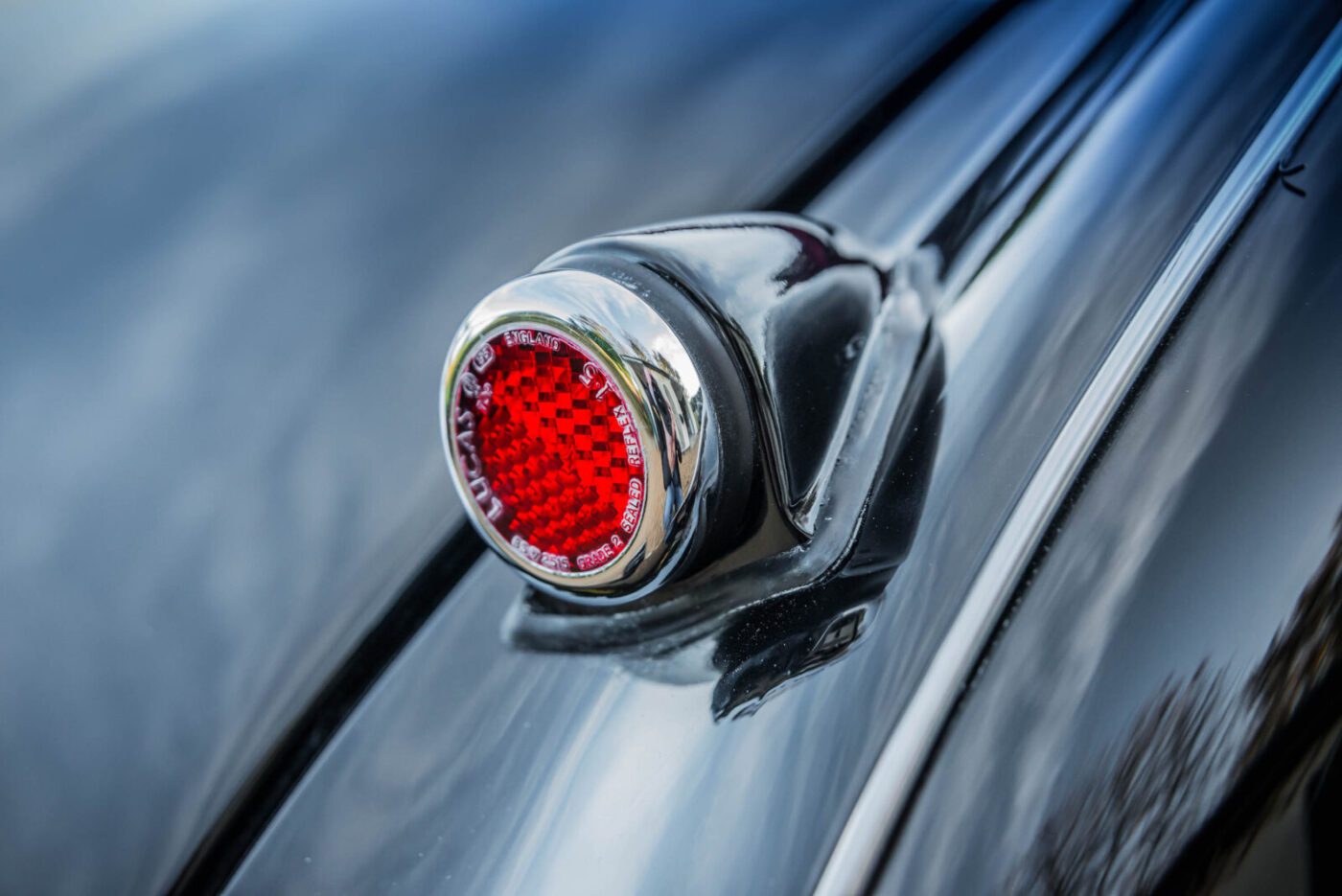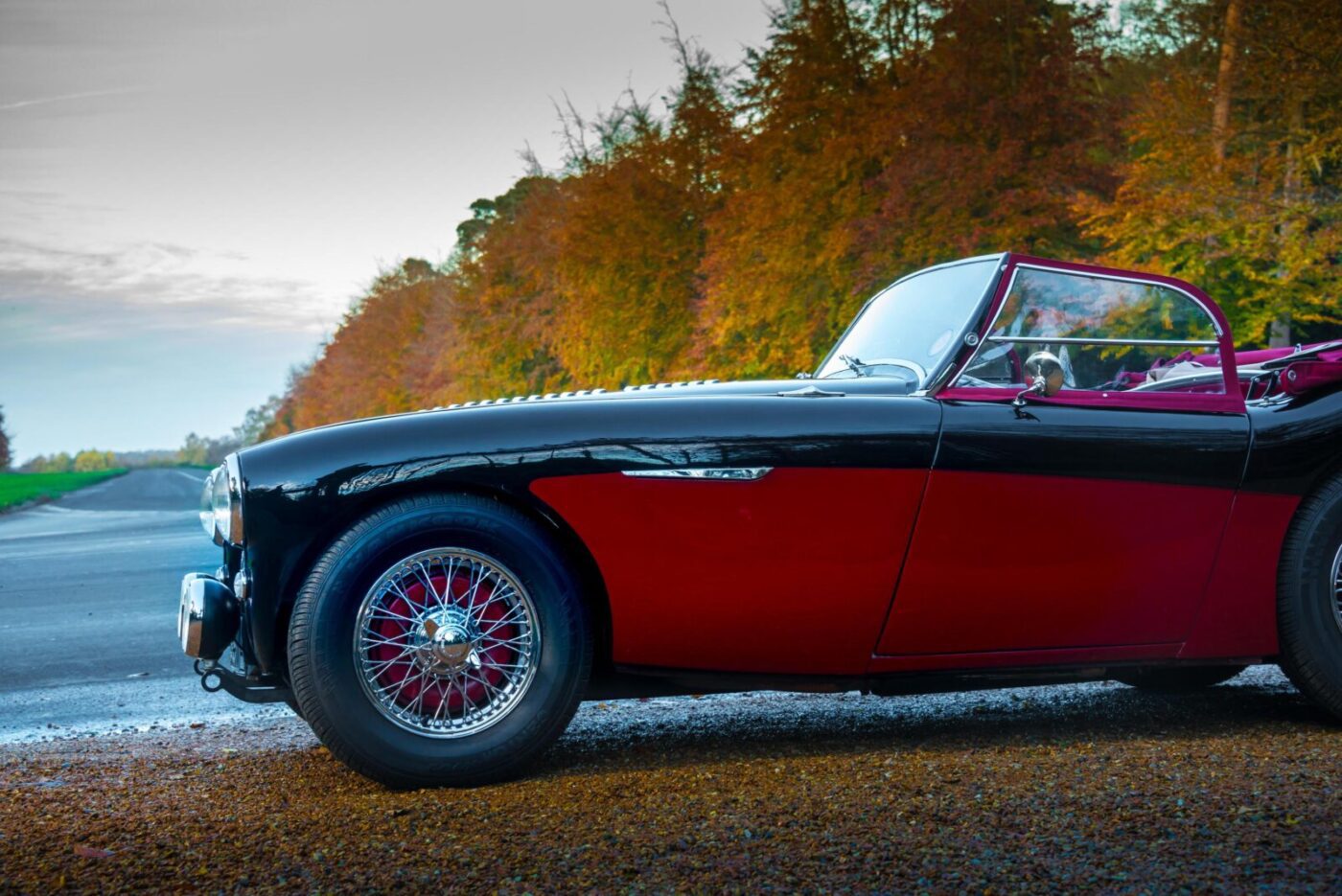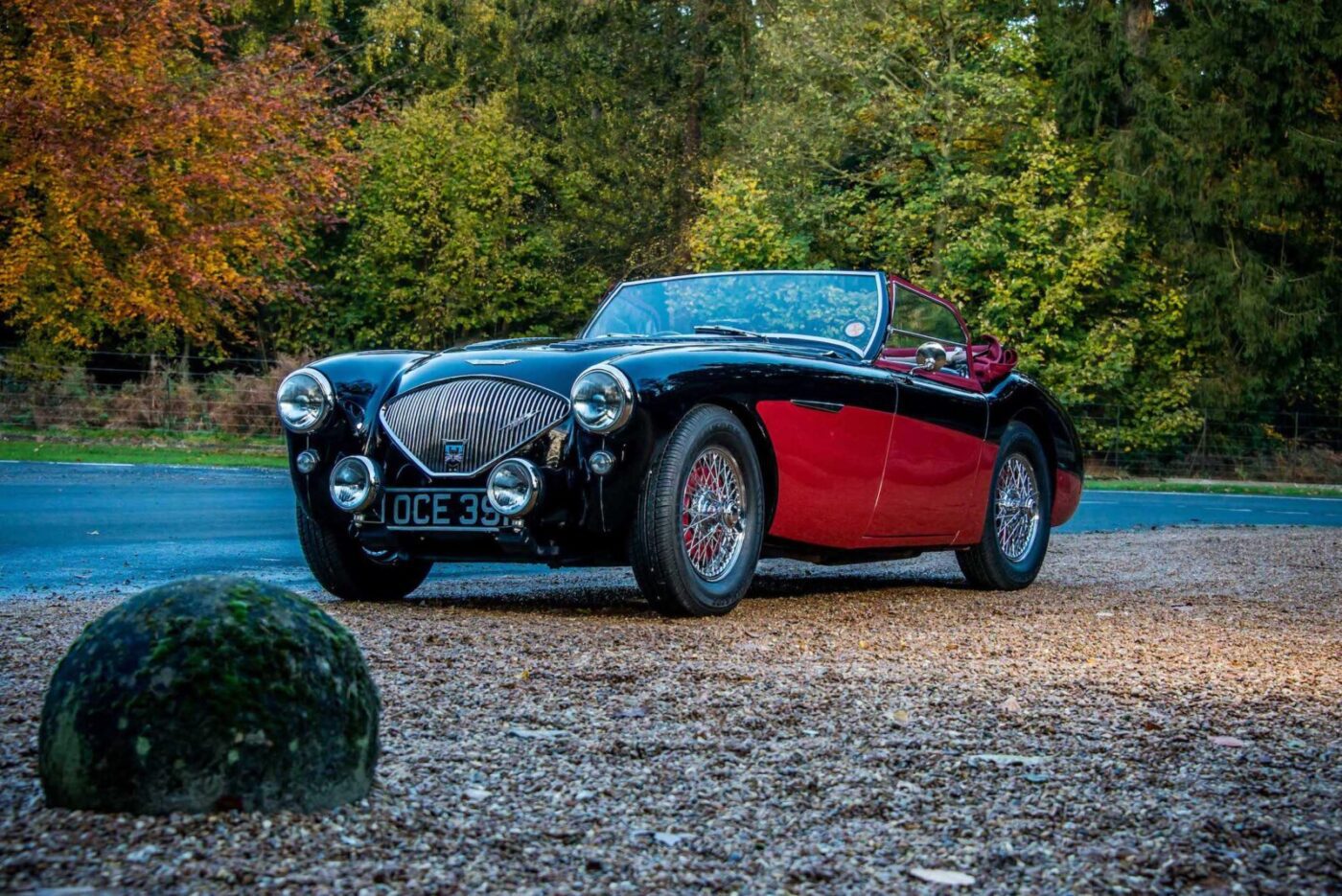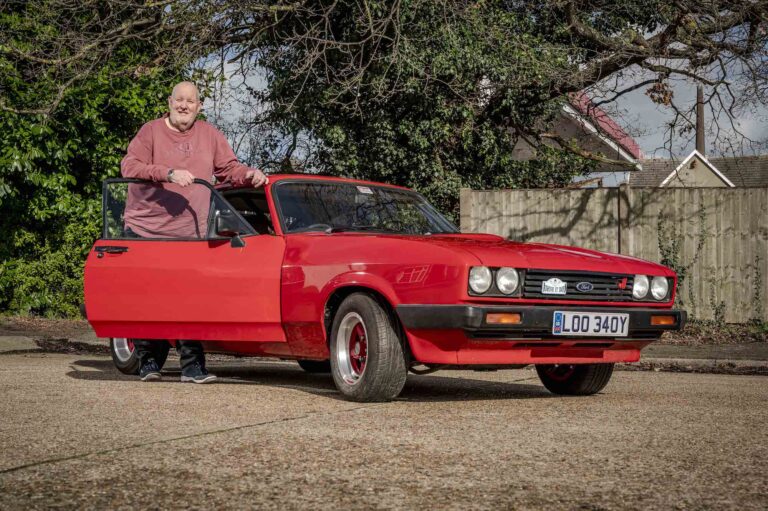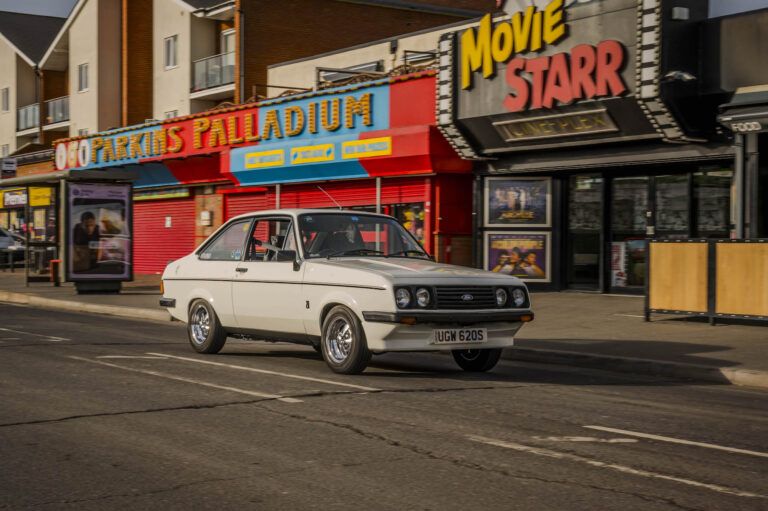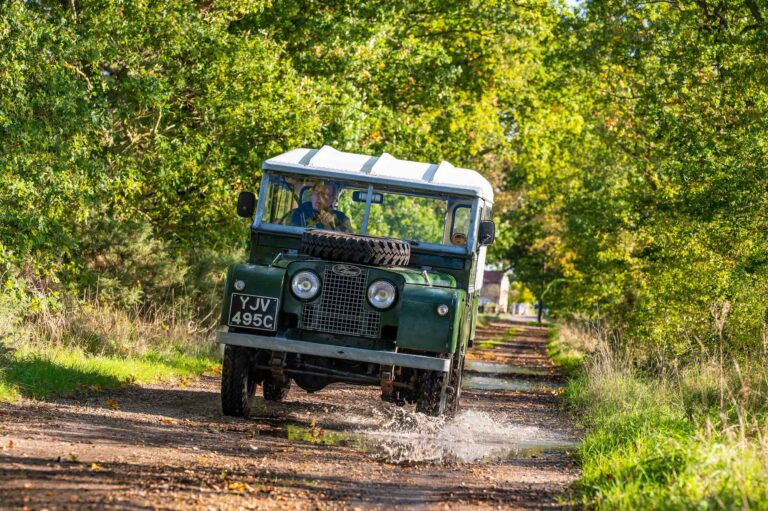Lurking unloved in a woodshed in Walthamstow, the old Austin-Healey had seen better days.
It was early spring in 1975, and the scruffy roadster had not turned a wheel for nine years since being mothballed by paraffin merchant Victor Plant.
But then fate intervened, the clutch in one of Victor’s lorries gave up the ghost, and Norman Massey was called in to fix it.
“I’m a nosey bugger,” says Norman, now 71 and living in a self-built house on the Norfolk coast. “I had a snout around and I saw it in an old woodshed.
“He had bought the car off his brother, but scared the life out of his wife in it and she said ‘I’m never going in it again’.
“I fixed his clutch and did a few other bits and pieces and, after working there for a couple of days a week for a month, asked him how much he wanted for the Healey.
“I was going to charge him something like £125 for the work, and we came to an agreement to call it quits.
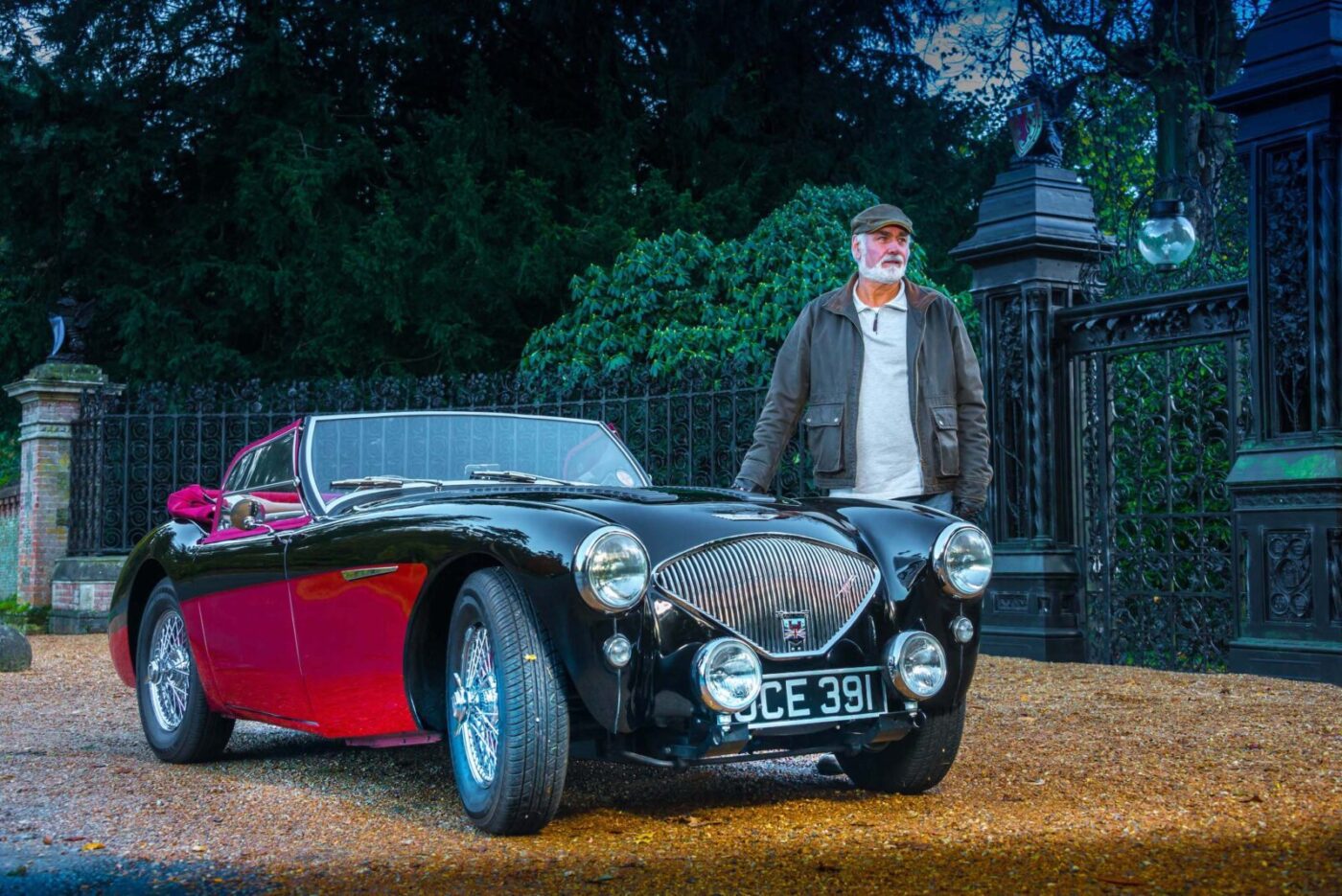
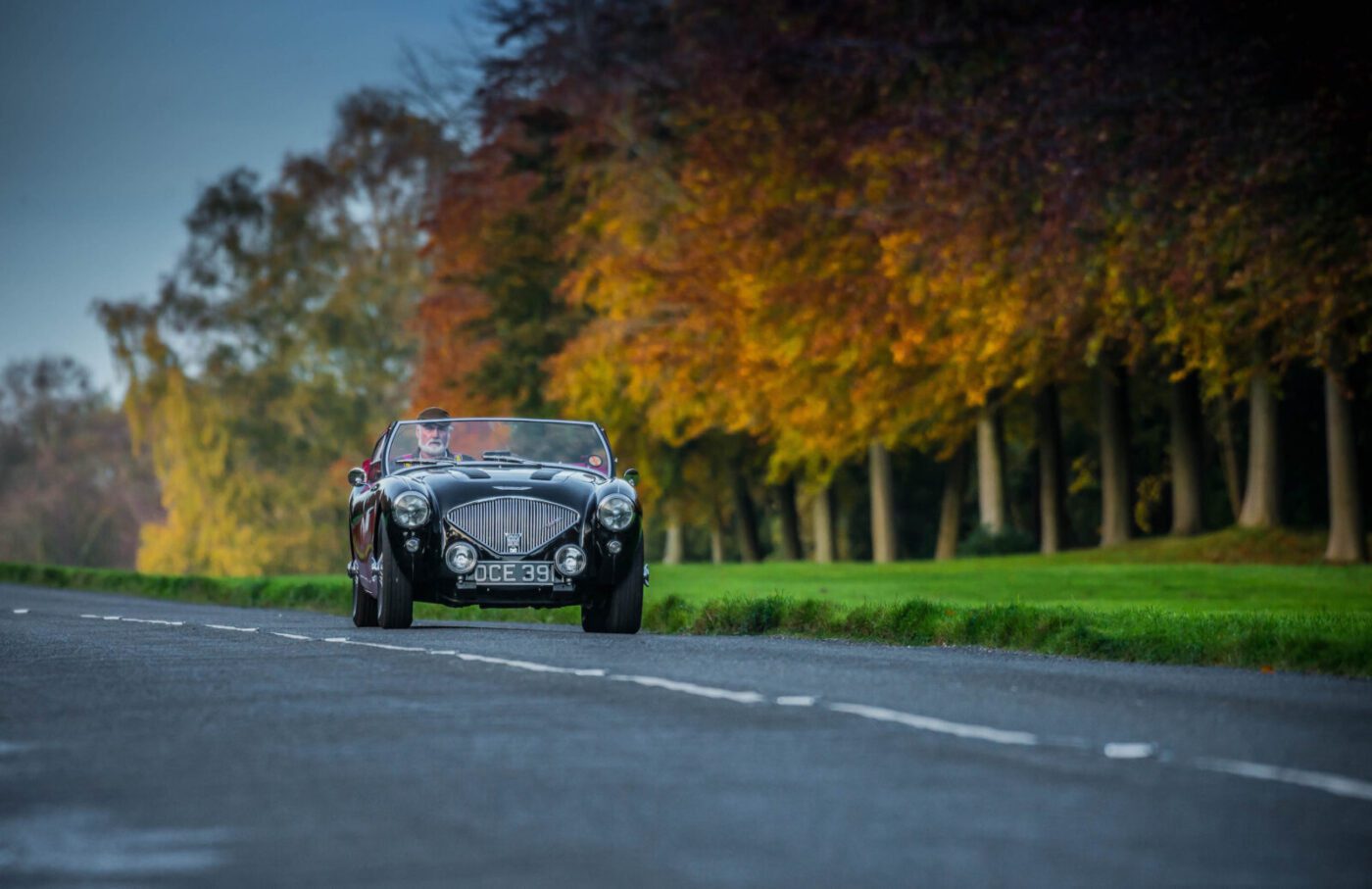
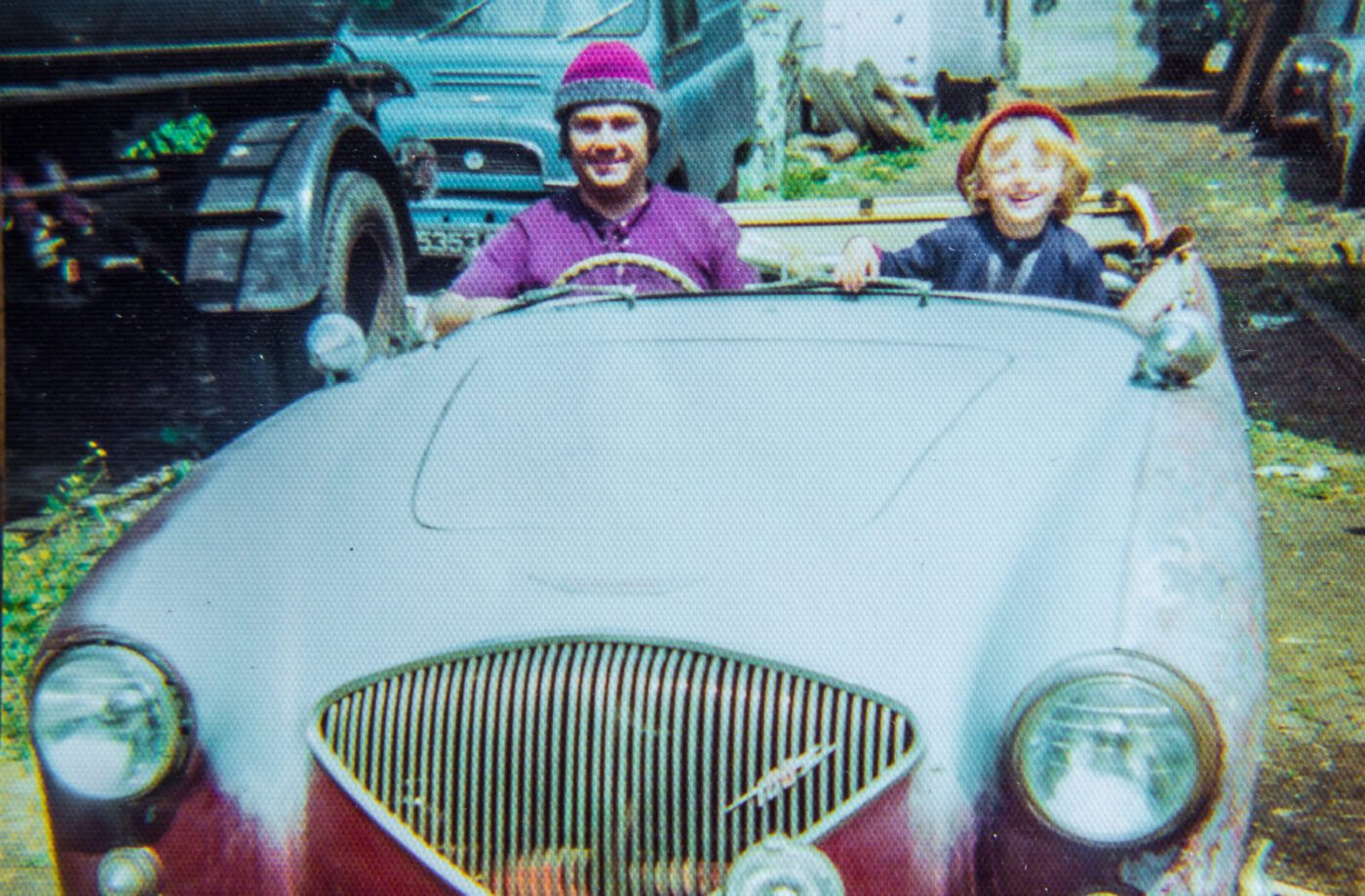
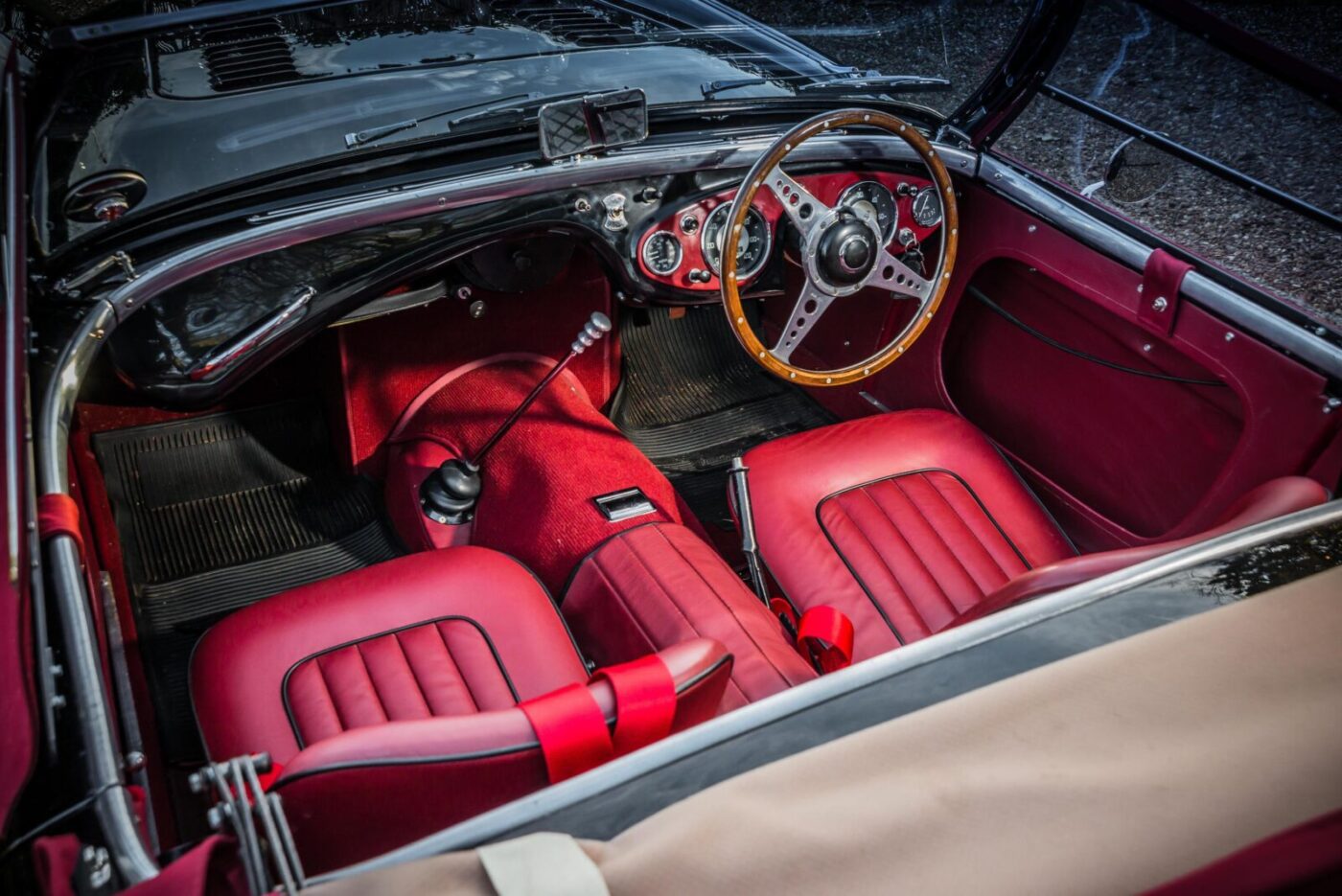
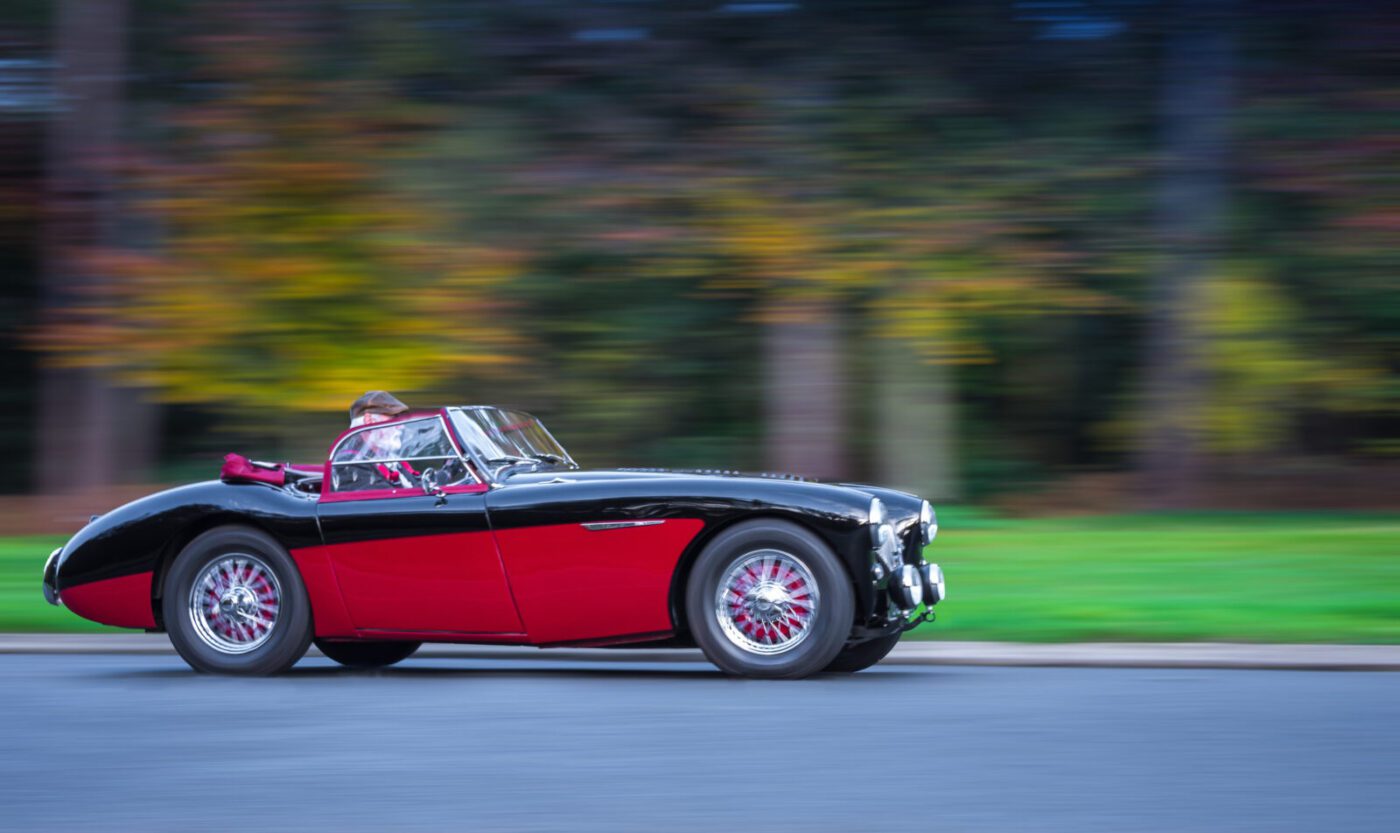
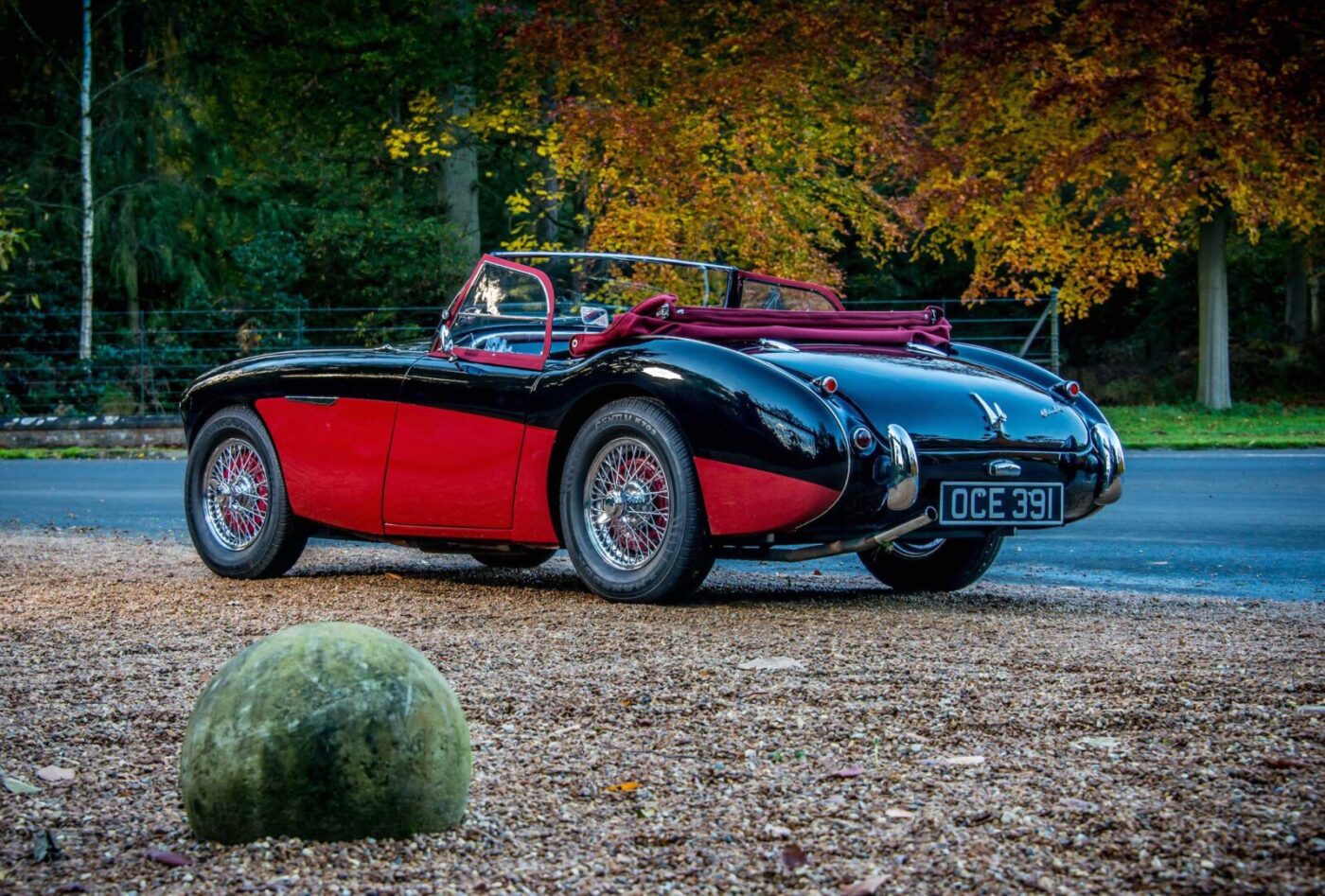
It was in a bit of a state
“I didn’t know exactly what it was at the time – it was in a bit of a state. I could not even move it for six months, but eventually me and a friend towed it home.”
The car turned out to be a 1955 Austin-Healey 100/4 BN1, the first of the Big Healeys and a car that caused a sensation when a single prototype was unveiled by Donald Healey at the 1952 London Motor Show.
Austin boss Leonard Lord, looking for a replacement for the unsuccessful A90 Atlantic, was so impressed with the stunning two-seater, then called the Healey Hundred, that he agreed to build the car in quantity with bodies made by Jensen Motors.
The newly christened Austin-Healey 100, named after its ability to exceed 100mph, was assembled at Longbridge using parts from the A90, including its 90bhp, four-pot 2660cc engine married to a modified three-speed gearbox with Laycock electric overdrive.
The new car was an instant success, with more than 10,000 BN1s made, most destined for export to America, before it was replaced by the BN2 in August 1955.
READ MORE ABOUT SOME OF OUR GREATEST CLASSIC CARS WITH

A series of articles on our Cult Classics site.
Slowly decaying in a woodshed
Norman’s car was first registered in March 1955, and more than four decades and two rebuilds since the day he discovered it slowly decaying in a woodshed, Norman has no intention of letting go of a car now worth about £80,000.
“It’s been in the family for so long, and I want to keep it for at least 50 years if I can, so about seven years to go,” he says. “I’m retired and you can only do so much gardening can’t you? I’ve got to do something with my time.
“My wife, June, told me to mind what I say if I’m asked which would I lose first, the car or her? I’d better have a big box of Black Magic!
“It’s not the easiest car to get in and out of, so when I get to a point I can’t drive it anymore I will have to sell it. My son is not really interested in cars.”
When he bought the Healey, Norman’s daily driver was a 1963 Trojan bubble car, while June drove the family’s Ford Capri, which once took them on a European tour through France, Germany, Austria, and Switzerland.
A former lorry driver and transport manager, Norman set about restoring the Healey himself.
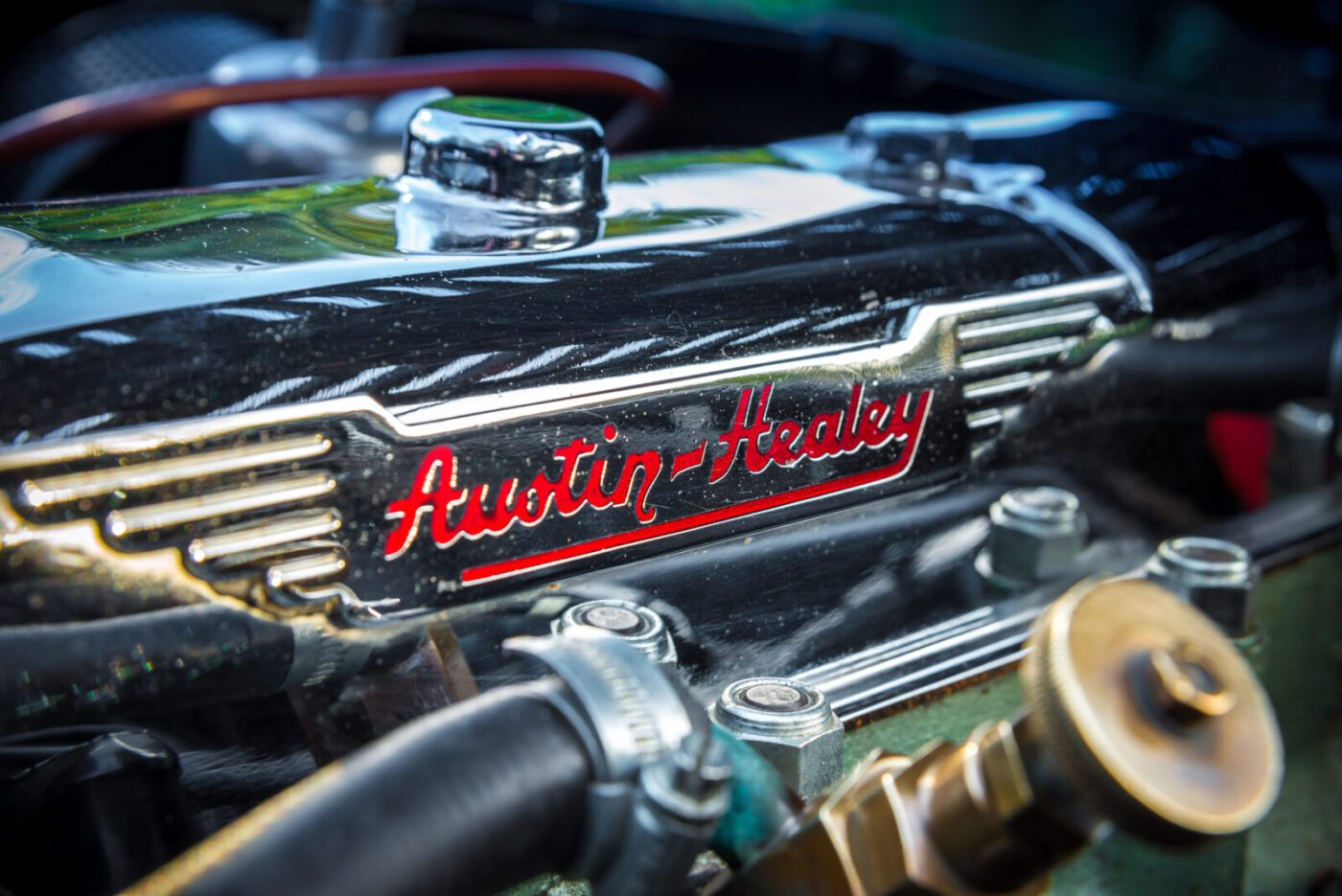
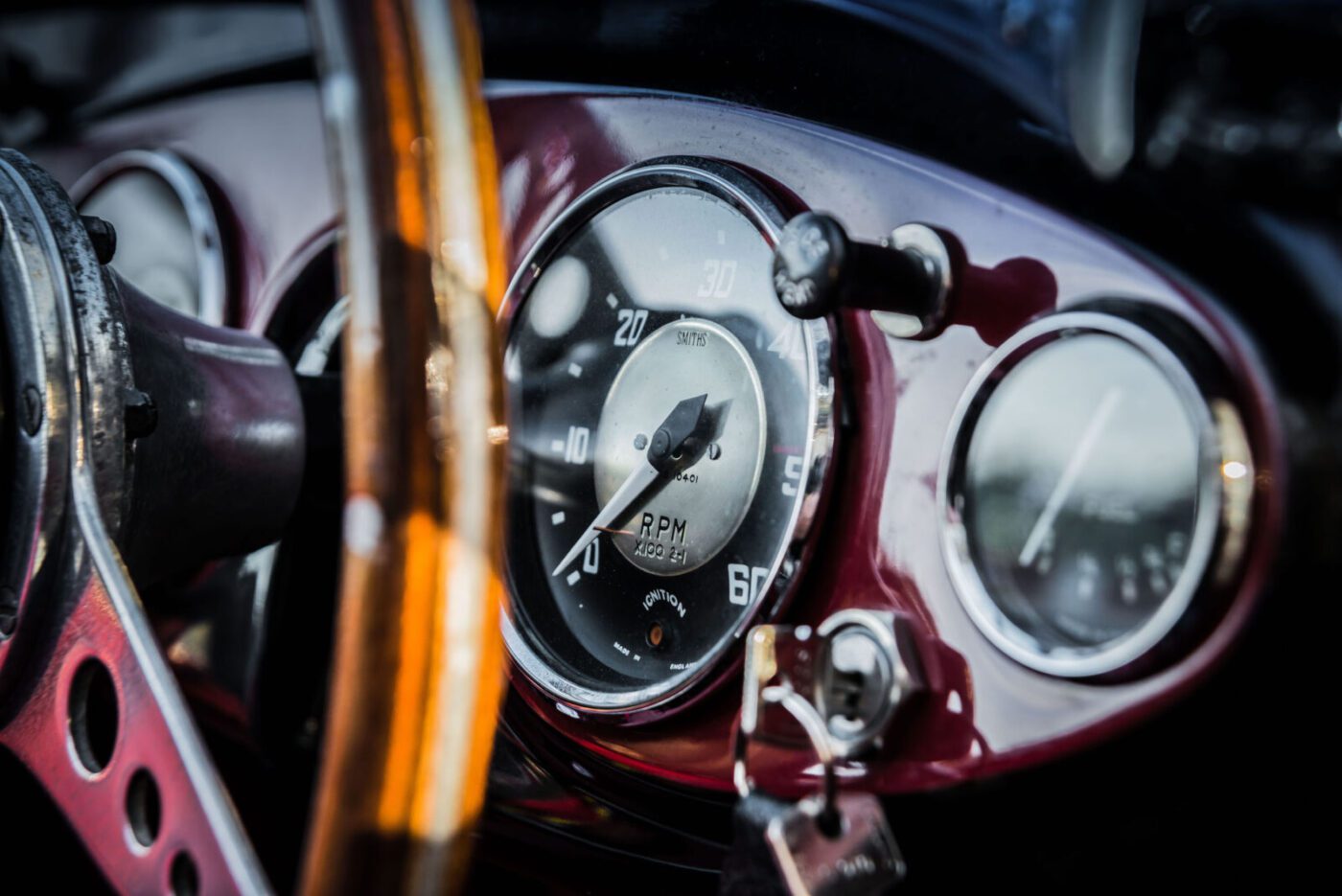
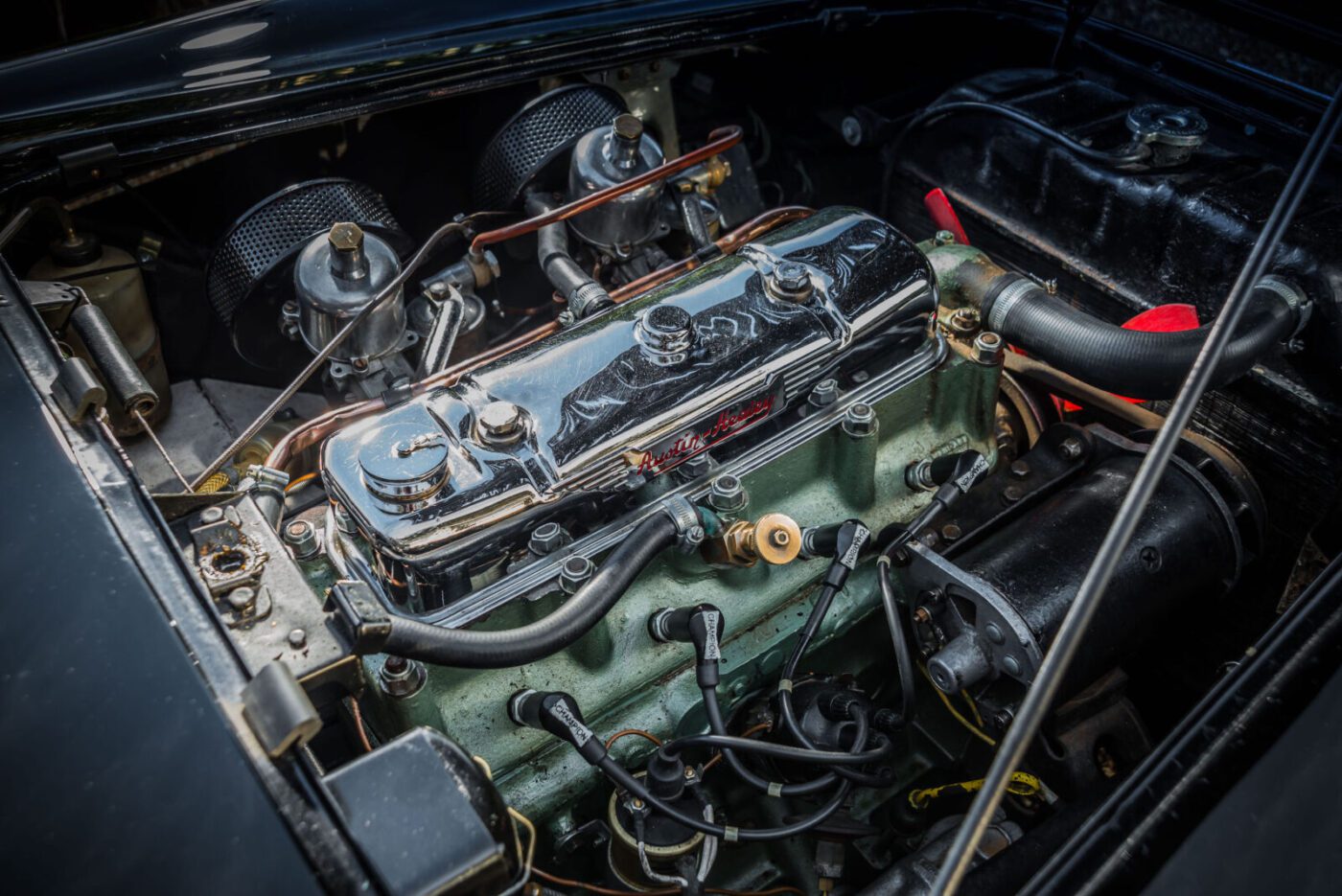
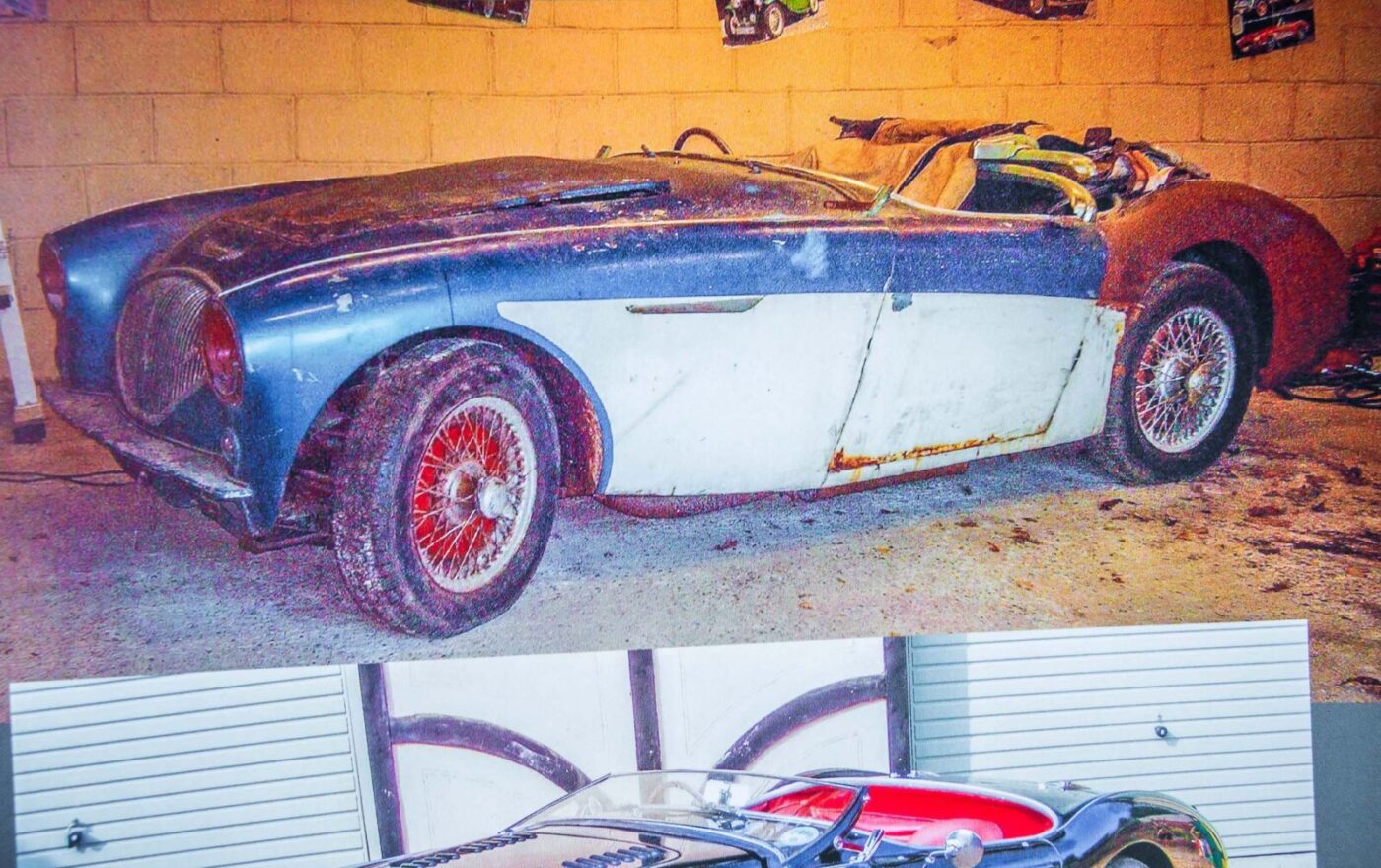
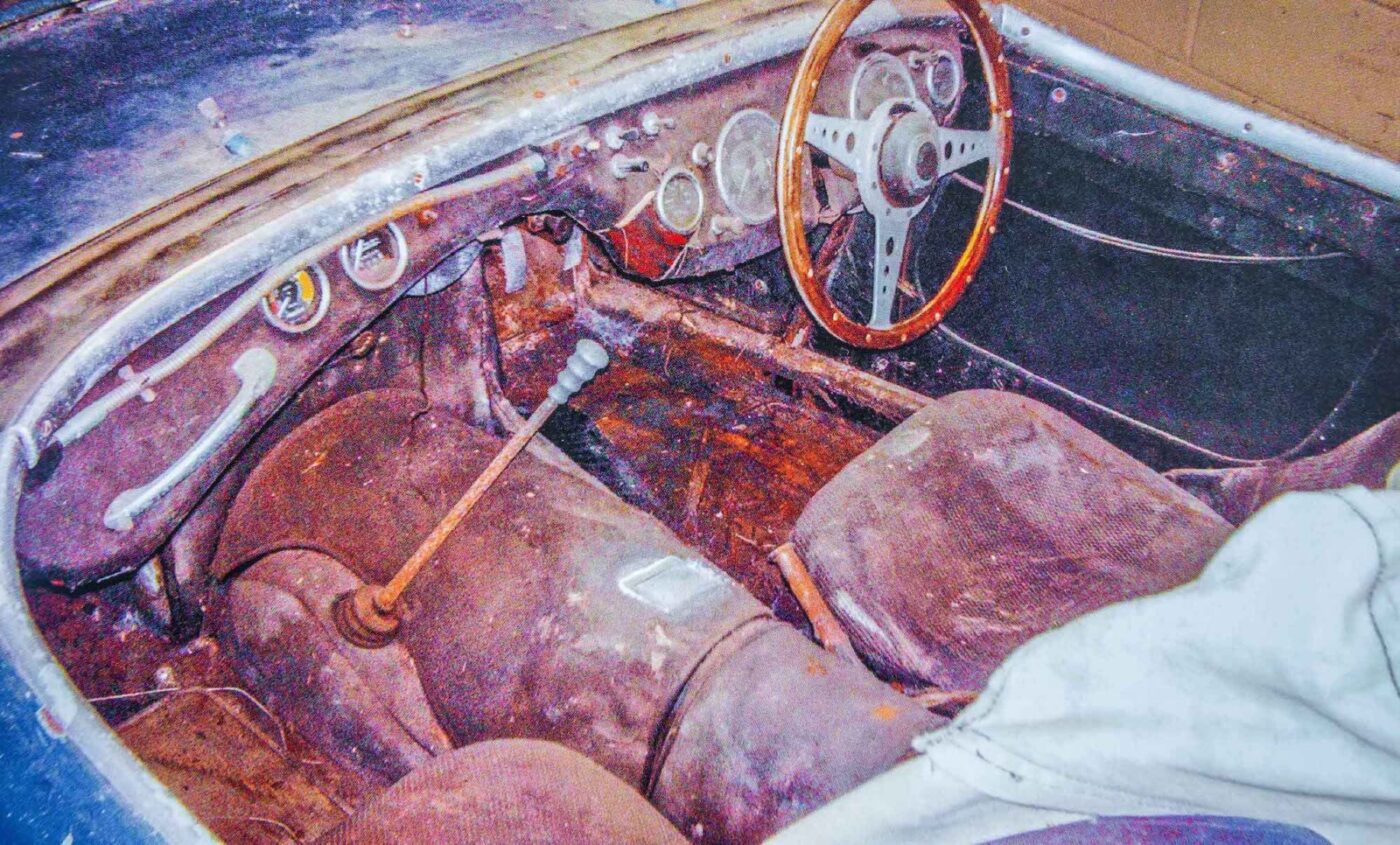
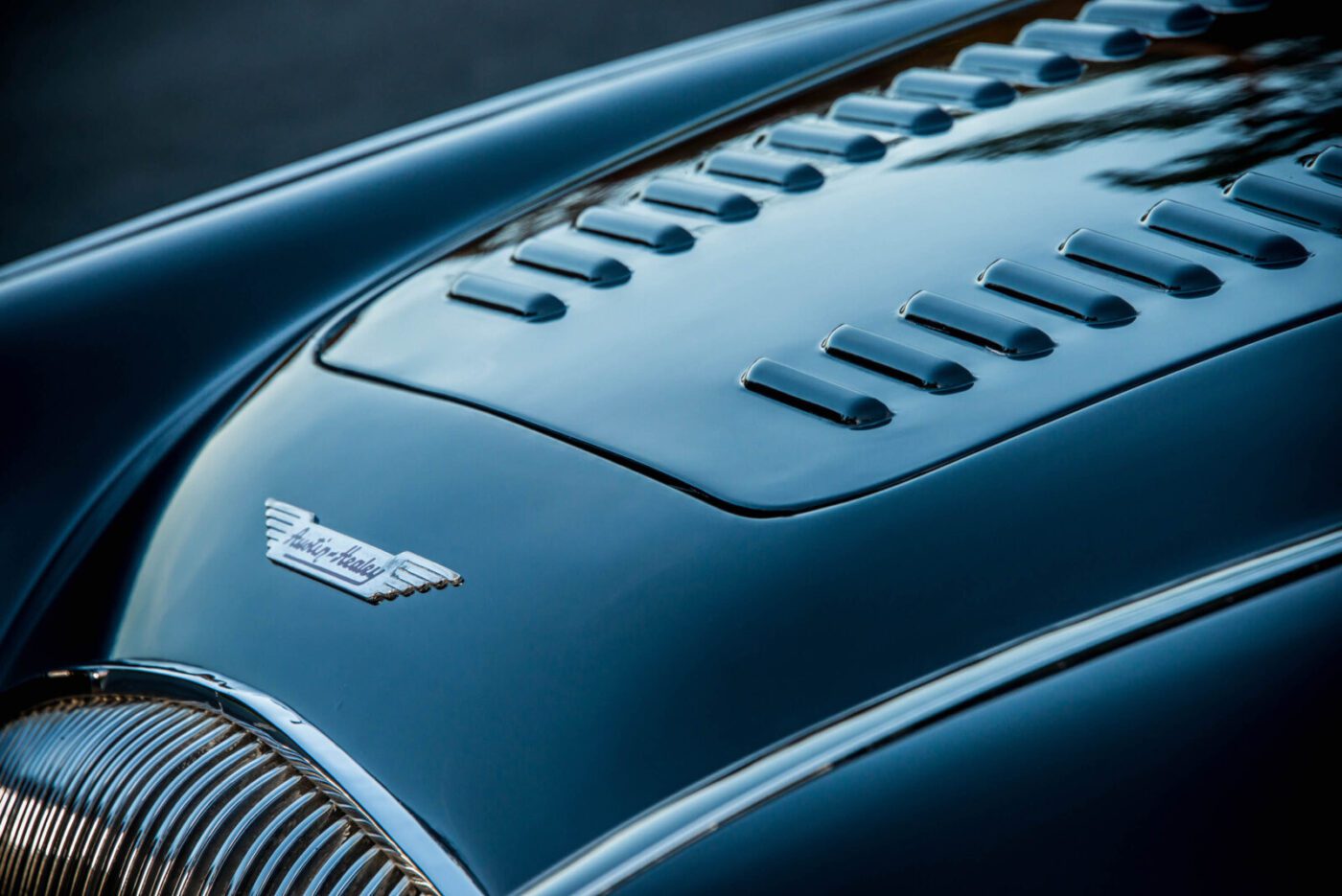
It’s such a throwaway world
“I’ve always done my own things,” he says. “If I can mend something rather than going out and buying a replacement then I will. It’s such a throwaway world now.
“It was my first restoration, and it took me about two years. I’ve done others since, including a mark 2 Jag.”
The partly-rotten chassis was welded back to health, a new floorplan was fitted and the engine was stripped and rebuilt, while the unusual all aluminium bodywork and the interior were both tidied up.
Used mostly for fun motoring at the weekend, the Healey lived in a garage at the family home in Romford, and followed them to Heacham in 1991 when Norman spotted an old cottage for sale in the west Norfolk village.
“We had a caravan here down at the seafront and we had a look around and saw this place for sale for silly money,” he says.
“There was an old cottage here, so I knocked down three quarters of it and built the house. I built an extension once and thought I knew what I was doing – I quite enjoyed it and I was too tight to pay someone else to do it!”
Norman lived in a caravan in the garden for 18 months while building the house, with June staying in Romford until it was finished.
Unfortunately, the move was not as good for the Healey as it was for the Massey family.
81.5% of customers could get a cheaper quote over the phone
Protect your car with tailor-made classic car insurance, including agreed value cover and discounts for limited mileage and owners club discounts

I wasn’t ever going to sell it
“It was sitting outside on the drive for 10 years before I built the garage, and then in the garage for another 10,” says Norman. “I didn’t use it for 20 years and the chassis completely went. It came to the stage where either I got the dustpan and brush out or restored it. I wasn’t ever going to sell it – I was always going to do it at some point.”
Although he was once again up for the challenge, Norman had to farm the work out because of a knee injury sustained at work.
A local, self-employed restorer was put to work, and the old Healey once again went under the knife, treated to a completely new chassis, new vented bonnet, bespoke side windows, new wings, re-chromed grille, and an engine rebuild including refurbished cylinder heads.
“It was a complete nut and bolt restoration costing £35,000, and he’s done a very good job,” says Norman, who has owned more than 100 cars over the past 50 years, including a Falcon kit car bought in 1987 that sits alongside the Healey in the garage.
Opening up the garage before our photoshoot, the most striking thing about the Healey is the deep black paintwork on that glorious vented bonnet, a bottomless pool of polished perfection.
“People say to me, ‘how the hell do you polish it up like that?’” says Norman, before pointing to a garage shelf that would make an Autoglym salesman go weak at the knees.
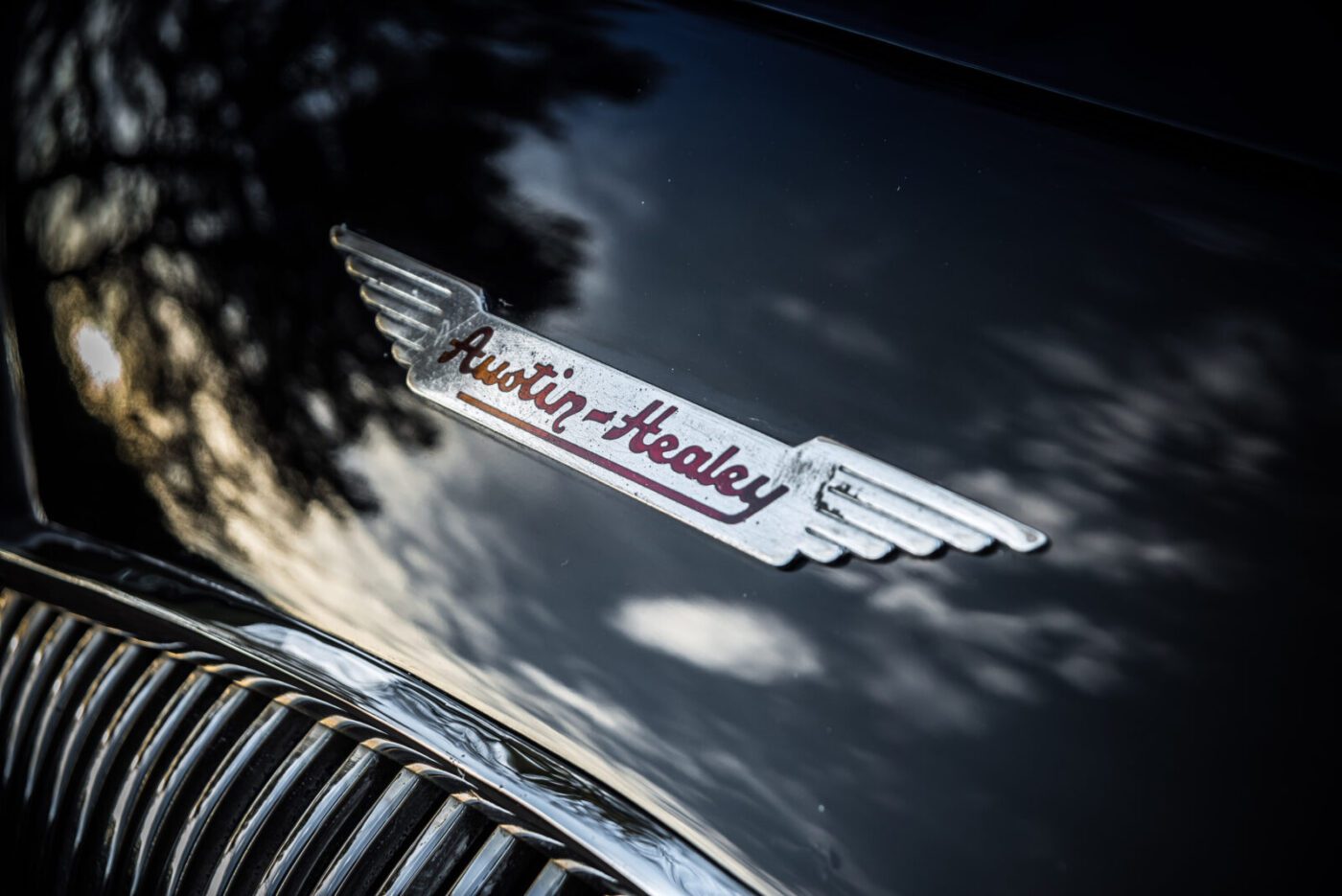
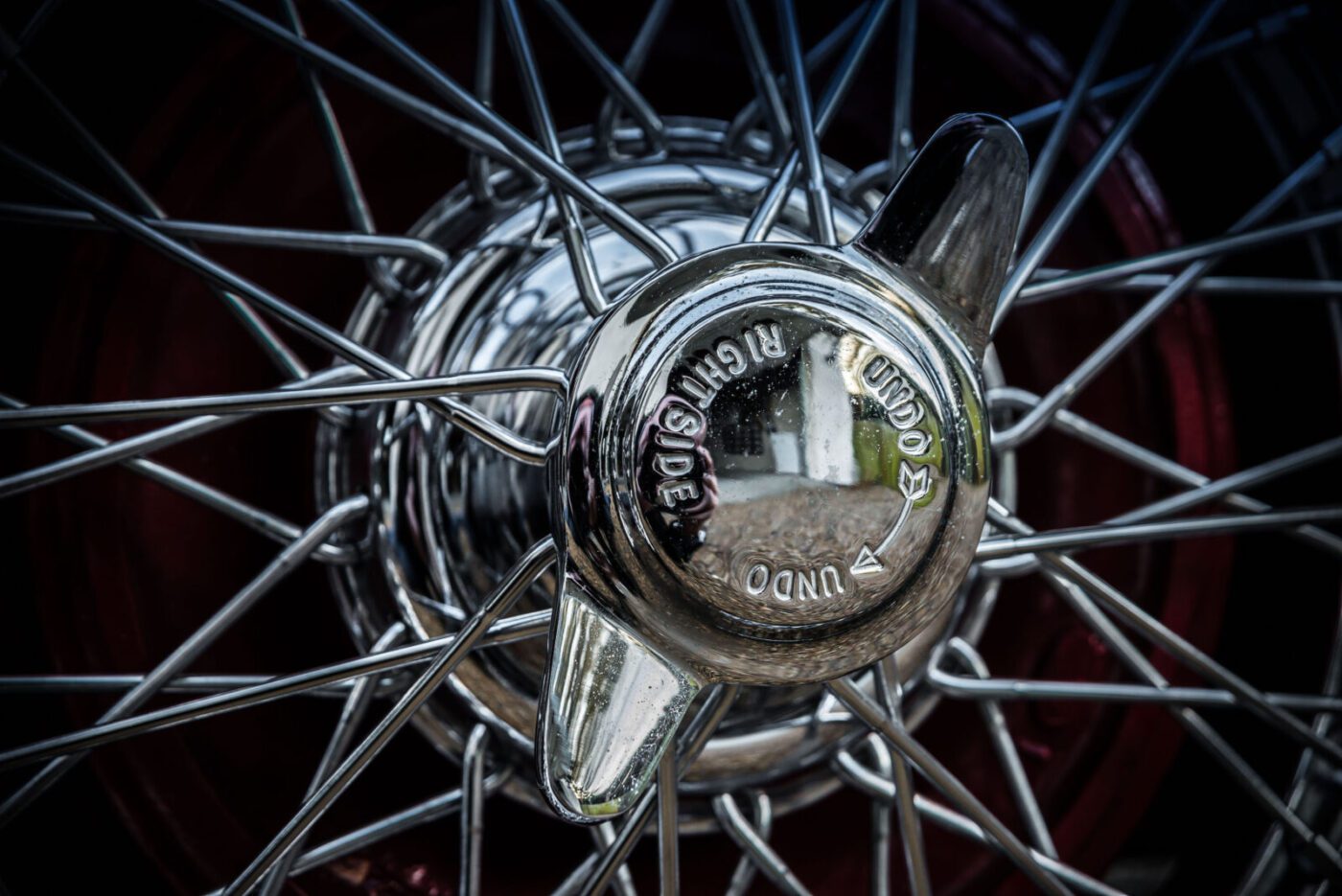
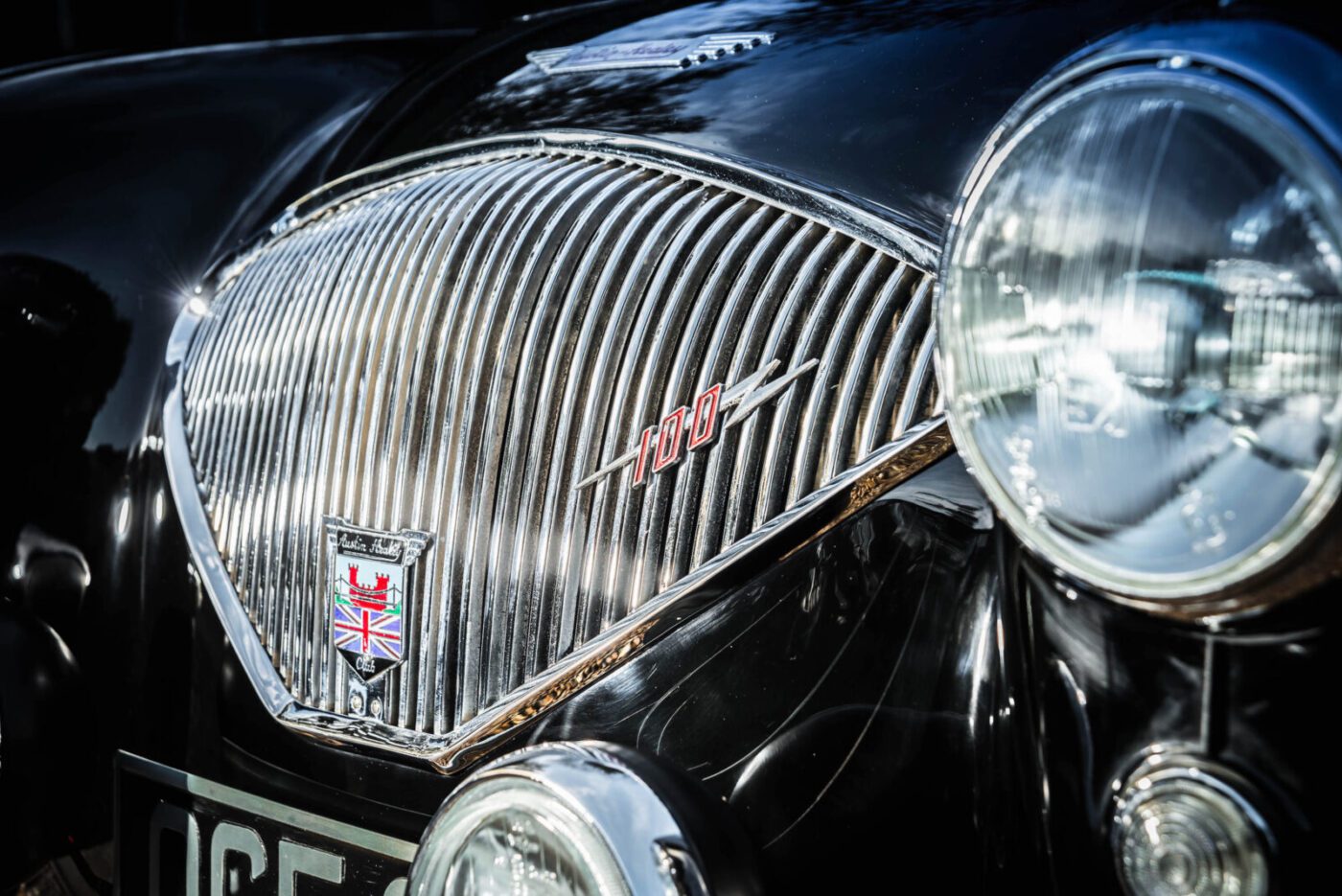
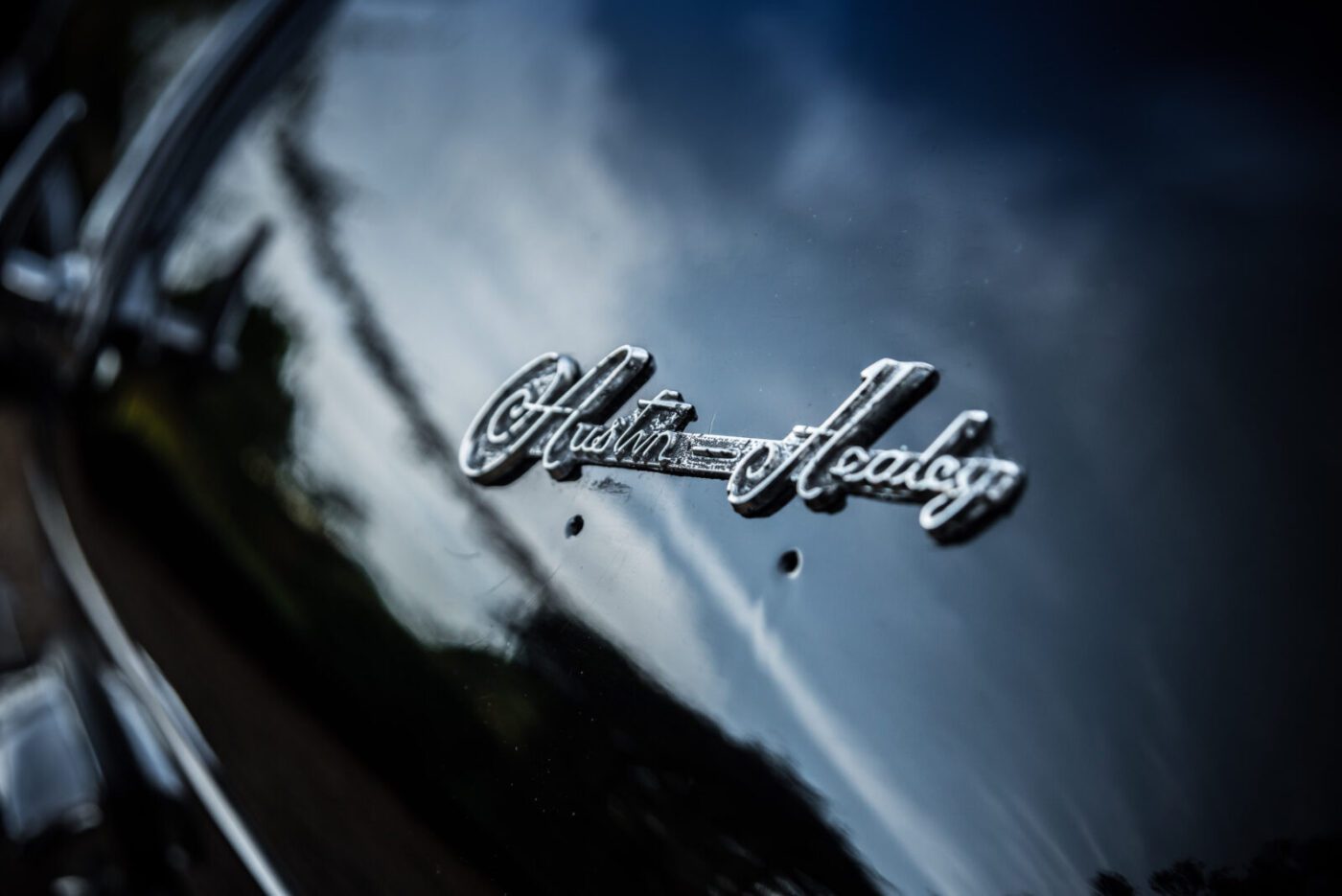
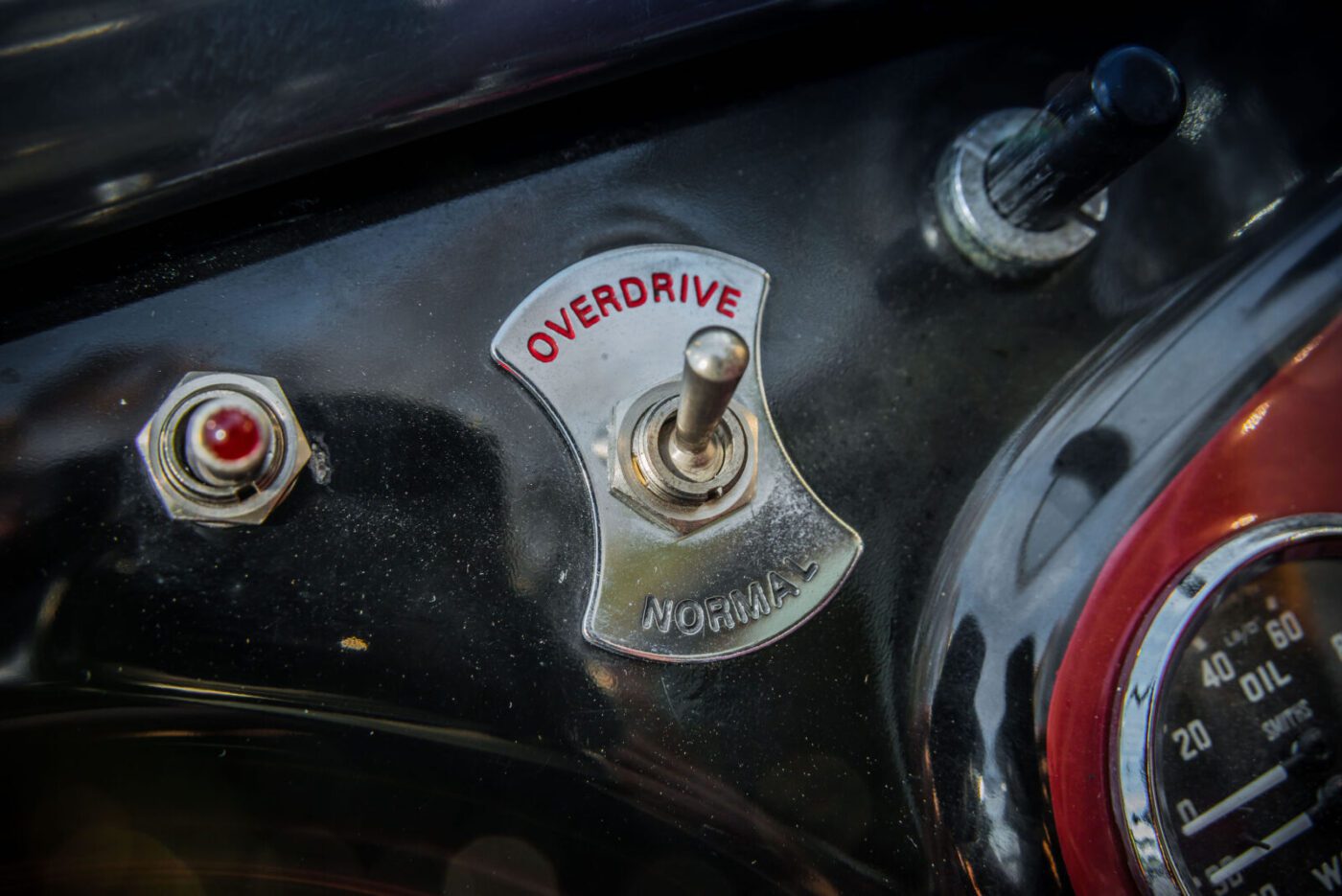
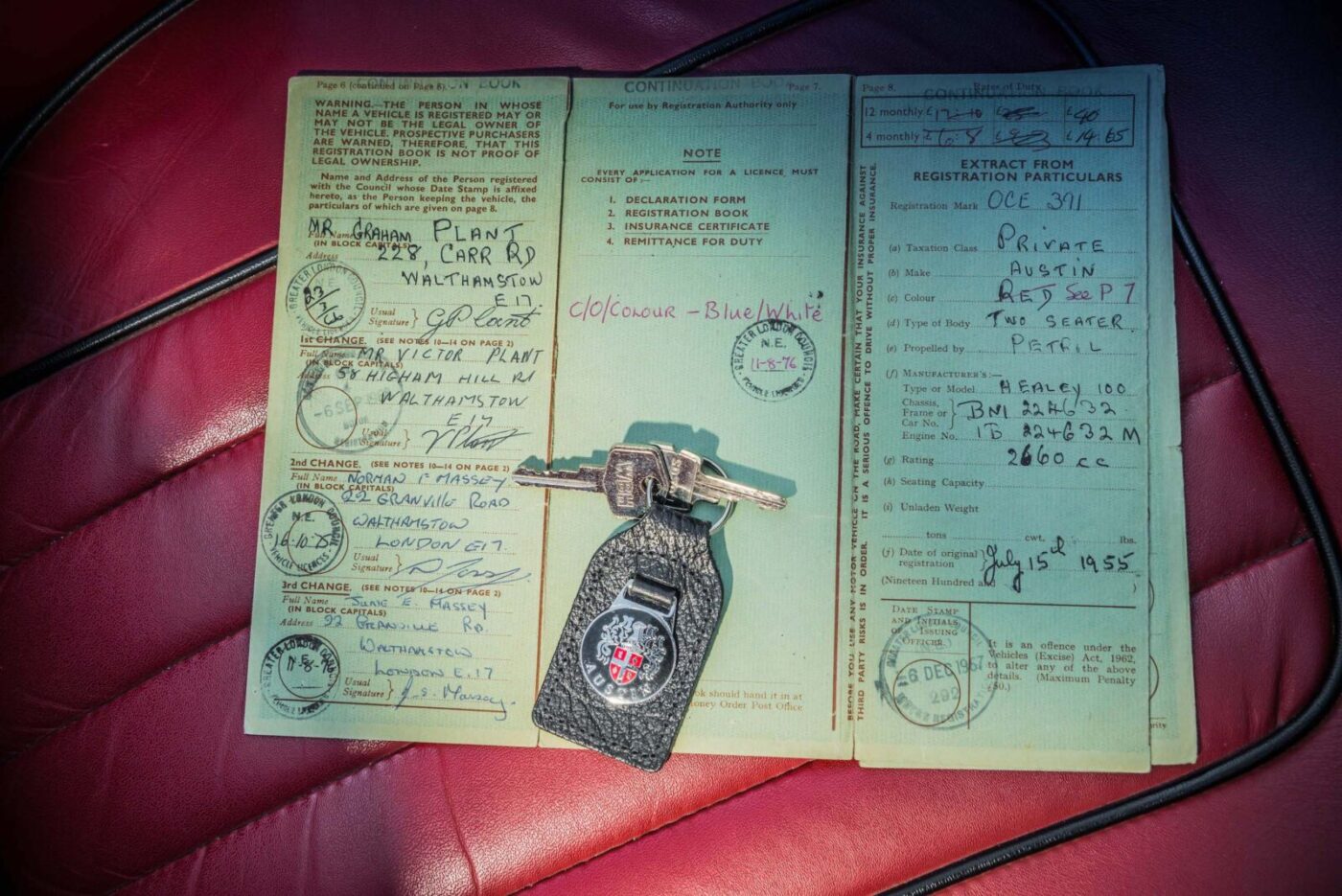
A gallon of Autoglym once a year
“Two little sponges and a gallon of Autoglym once a year!”
The black and red colour scheme, the Australian Austin-Healey racing colours, was an original option and matches the car’s hood and interior, while Norman swapped the black wheels for chrome four years ago.
Squeezing into the little cockpit as the sun gets ready to set on a chilly autumn afternoon, we head to the leafy surroundings of the Royal estate at Sandringham.
The Healey is in its element, firmly planted on the sweeping bends of the winding country roads thanks to its low-slung chassis and taut handling.
Back in 1952, John Bolster of Autosport magazine drove the original Healey Hundred test car, describing its launch as “an event of great importance in the motoring world”.
“It is a very fast everyday road car, of superior refinement and with exceptionally fine handling qualities,” he said.
“A genuine sportscar should provide exceptional performance and stamina, coupled with a very high degree of controllability. The new Healey has these qualities in abundance, and in addition it shatters all previous concepts of value for money in this field.
“This is certainly the most important new model we have seen for some time.”
Better looking than the contemporary TR2, and faster than the pretty MGA of 1955, Norman’s Healey attracts plenty of attention at Sandringham, including, by chance, the owner of an Austin-Healey 3000 who stops for a chat.
READ MORE ABOUT SOME OF OUR GREATEST CLASSIC CARS WITH

A series of articles on our Cult Classics site.
Everybody waves to you
“When we go out in the Healey, everybody waves to you, all the classic car people,” he says. “It’s not the same in the Falcon. We go out in that and no-one waves at you.
“People think it’s a 100/6, but you know it’s a 100/4 because it has the folding windscreen. I do like it with the windscreen down but it’s tricky to get it up and down.”
The Healey has only covered about 500 miles since it was restored, adding to its previous 60,000, and is used as a “local fun car, poodling about, just going out for a spin”, says Norman.
“June kept going on and on at me to take it to a car show,” he adds. “I got talked into it and went to two classic car shows last year. I got talking to people about cars and, as long as it keeps going, I might do some more shows.”
There are only a few hundred Austin-Healey 100s on the road in the UK, with most exported to the US and, even on right hand drive models made for the home market, the gearstick sits to the left of the transmission tunnel.
With values hitting the stratosphere, they are an increasingly rare sight as collectors keep them tucked away out of sight.
Norman’s car is almost certainly one of the best of its kind, and Norfolk’s classic car fans will be keeping their fingers crossed that he does, indeed, find his way to a few more shows.
Photography by Simon Finlay.
